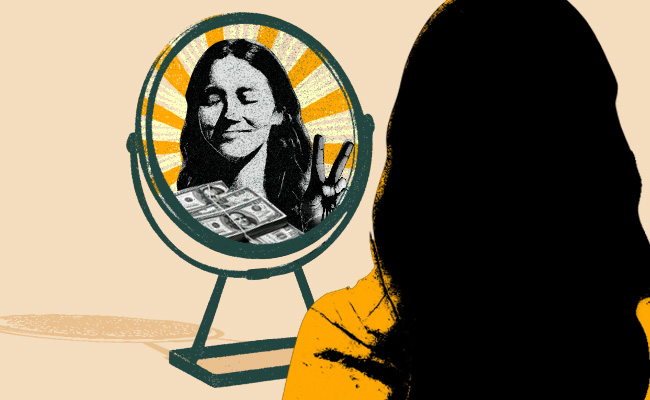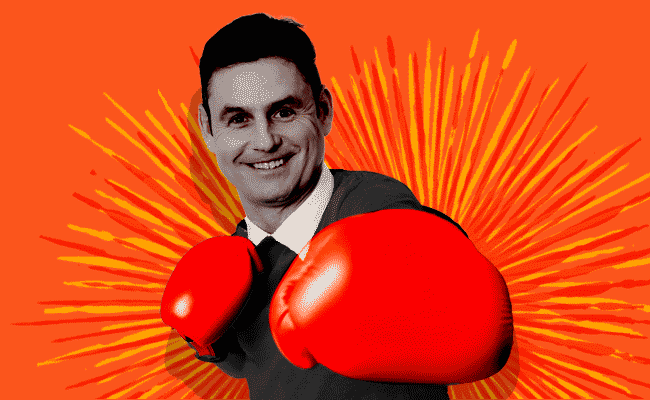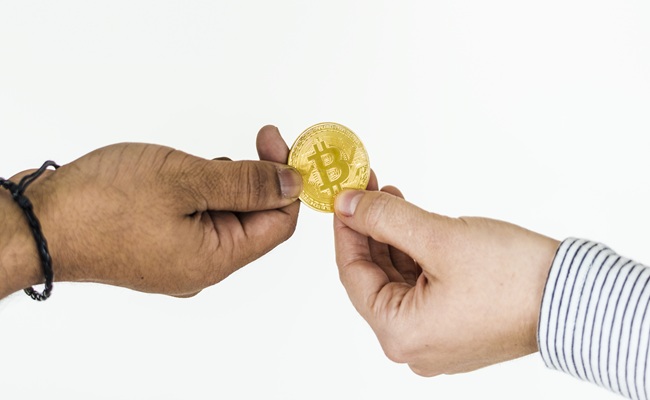If you’ve ever owned investments, you’ll know the feeling – one week your portfolio looks unstoppable, the next it’s down 10% and you’re wondering whether to pull the plug.
Every investor, at some point, lives the same emotional cycle: reluctance, optimism, excitement, exuberance, denial, anxiety, fear, desperation, panic, despondency, and back again to reluctance.
Recognising the pattern isn’t the hard part. Living through it is.
The emotional journey of a market cycle
When markets rise, reluctance gives way to optimism and excitement, eventually reaching exuberance and denial as confidence grows. Then the tide turns. Prices fall. “Just a blip”, we tell ourselves, until losses mount and confidence turns to fear and panic.
Soon afterwards, despondency sets in as investors sell to stop the pain. Recovery begins, but we’re too burnt to jump back in until optimism slowly returns.
If this sounds familiar, it’s because it’s deeply human. Our fast, emotional System 1 – the instinctive part of our brain we explored in the last article – reacts instantly to threat. Our slower, more deliberate System 2 takes time to engage. The same volatility that’s symmetrical on a chart feels completely asymmetrical inside our heads.
The cost of comfort
Each turn of this emotional roller-coaster carries a financial toll. Investors who buy late in the good times and sell in panic at the bottom capture the worst of both worlds. This creates the behaviour gap – the roughly 3%per year the average investor loses, on average over time, through timing mistakes, overtrading or sitting in cash. We’re not punished for being emotional; we’re punished for acting on those emotions.
The challenge isn’t to eliminate emotion but to manage emotional liquidity – having enough psychological flexibility and composure to stay invested when markets feel most uncomfortable. Financial liquidity keeps you from forced sales; emotional liquidity keeps you from forcing yourself out.
A moment from the panic
For many of us, March 2020 brought not just market turmoil but overlapping anxieties about health, family, business and the world at large. Yet despite the market’s dramatic fall, the investment side barely registered for me amid wider worries about health, family and work. A decade of rules, systems and emotional preparation paid off; the crash came and went, but I didn’t feel compelled to act.
That’s how it should be. In stressful times, we don’t need to add short-term market worries. The only things worth worrying about must tick two boxes: they have to matter, and they have to be things we can control. The right tools stop you wasting energy and money on what you can’t control – and let you focus on what matters.
That’s not to say I didn’t feel unease watching markets fall. I did. But my rules, decision prosthetics and emotional liquidity allowed me to push it aside.
Selling out when markets are plummeting isn’t illogical. It provides immediate relief and removes anxiety. Selling at the bottom gives the illusion of closing losses and moving on. In the short term, that’s a rational desire – it’s just phenomenally expensive, both because we lose on the way down and because we’re too burnt by the experience to get back in. We can’t go from despondency straight back to optimism; it takes time, and we lose again on the way back up.
Early in a downturn, most investors hesitate to sell because of the disposition effect – our tendency to avoid selling at a loss but to happily bank gains. We overwhelmingly sell winners and hold on to losers, and unless we’ve built emotional liquidity, that can lead to selling later at greater cost.
It’s not a lack of logic that drives this; it’s a lack of emotional reserves. The sell decision feels right because it’s an escape from discomfort. The comfort we buy today usually comes at the cost of tomorrow’s returns.
Building emotional liquidity
You can’t avoid market stress, but you can prepare for it. Emotional liquidity can be planned in advance – just like a financial buffer. Here are five practical ways to build it.
1. Create a safety buffer
Keep enough cash or short-term savings to cover at least six months’ spending. Knowing you won’t have to sell investments in a downturn gives you the freedom to stay invested.
2. Set clear expectations
Accept that market drops of 10%-20% are normal. Every major decline has eventually recovered. Treat volatility as the admission fee for long-term growth.
3. Write your “panic plan”
Before the next storm hits, note what you’ll do when markets fall – who you’ll talk to, what you’ll read (and what you’ll avoid) and how long you’ll wait before acting. Keeping that plan visible can be surprisingly powerful when anxiety strikes.
4. Limit your exposure to noise
Most financial news is designed to trigger System 1 emotions. During volatile periods, check portfolios less often and limit news consumption. A weekly review beats hourly updates.
5. Focus on progress, not performance
Reframe success. Instead of judging yourself by short-term market moves, measure progress towards long-term goals. Review returns over periods of at least three years. What feels catastrophic today will look far less dramatic through a longer lens.
These techniques are like seatbelts on the roller-coaster. They don’t stop the ride from being bumpy; they do prevent you from being thrown off halfway through.
Turning volatility into opportunity
Market volatility feels dangerous, but it’s also what makes investing work. Without uncertainty, there would be no return premium for taking risk. The discomfort we feel during market swings is the cost we pay for long-term growth. Every dip becomes an opportunity to test your plan and strengthen your emotional resilience.
Investors who manage their emotional liquidity well don’t ride the market roller-coaster with less fear because they’re braver. They do it because they’ve built the systems, habits and buffers that keep them seated while others are screaming.
The takeaway
You can’t predict markets, but you can predict your own reactions – and prepare for them. The more you understand your emotional patterns, the less power they have over your decisions.
Next time markets drop, remind yourself: this is what investing feels like. It’s not a sign to run.
With the right preparation, you’ll have enough emotional liquidity to hold your nerve, avoid costly panic selling and capture the full rewards of long-term investing.
Greg B Davies founded and led the first behavioural finance team in banking globally in 2006, serving as Barclays’ global head of behavioural quant finance for a decade. Since 2017, he has led behavioural innovation at fintech Oxford Risk, developing behavioural technology to enhance financial decision-making. He holds a PhD in behavioural decision theory from Cambridge University and is co-author of ‘Behavioral Investment Management’.
If you’d like to go deeper into the tools and techniques that help investors harness their two brains, you can take his online course: The Art of Behavioural Investing. It is CPD-accredited, and designed for individual investors and advisers alike.
Top image: Rawpixel/Currency collage.
Sign up to Currency’s weekly newsletters to receive your own bulletin of weekday news and weekend treats. Register here.











